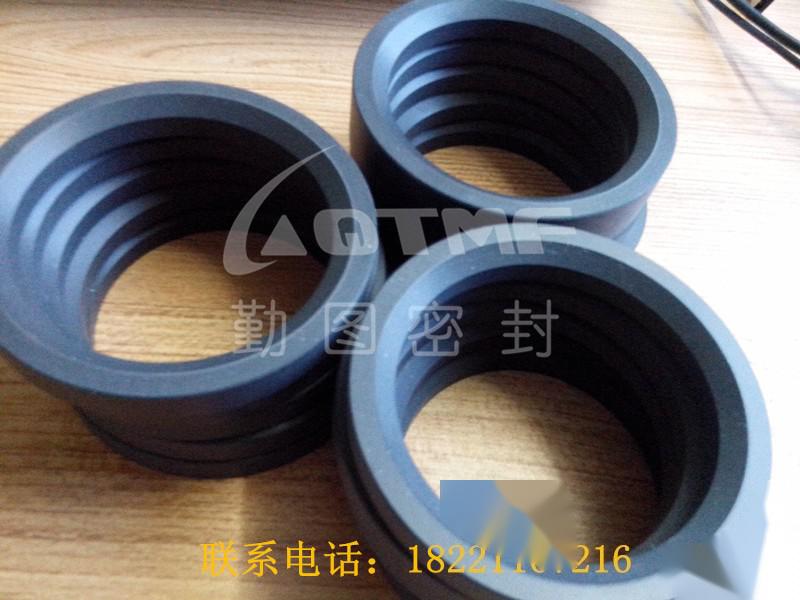The PTFE ball valve seat, also known as the valve seat or valve seat seal, is classified into two forming methods based on the molding process: compression molding and lathe machining. The machining accuracy reaches 0.02mm, while the molding tolerance is 0.1mm. According to product performance, it can be divided into carbon fiber valve seats, graphite valve seats, PPL valve seats, polyester valve seats, etc. Our products are made from high-quality new fine-particle PTFE. Its characteristics include excellent chemical stability, corrosion resistance, sealing performance, high lubrication and non-stick properties, electrical insulation, and good aging resistance. It can operate for an extended period at temperatures ranging from +250°C to -180°C. The modified PTFE materials significantly improve wear resistance, thermal conductivity, anti-adhesion, and self-lubrication compared to pure polytetrafluoroethylene products. It is suitable for sealing and lubrication components that require corrosion resistance, thermal conductivity, wear resistance, oil-free lubrication, and shock absorption within the temperature range of -180°C to +300°C. The company has many years of experience in the production and processing of ball valve seats and butterfly valve seats, focusing on the research and development of valve seats and seals.
Application: Ball valve seats, butterfly valve seats, and valve rod seals.
Fillers: Glass fiber, molybdenum disulfide, graphite, copper powder, polyimide, carbon fiber, silicon dioxide, polyester, and para-polyphenylene (PPL), etc.
Specifications: Various types and specifications of ball valve seats and butterfly valve seats. The company already possesses a complete set of molds for ball valve seats ranging from DN15 to DN500.
Note: Our company modifies the performance of PTFE using fillers. Among them, the carbon fiber valve seats and para-polyphenylene (PPL) valve seats can be used normally at temperatures between -180°C and +300°C.













